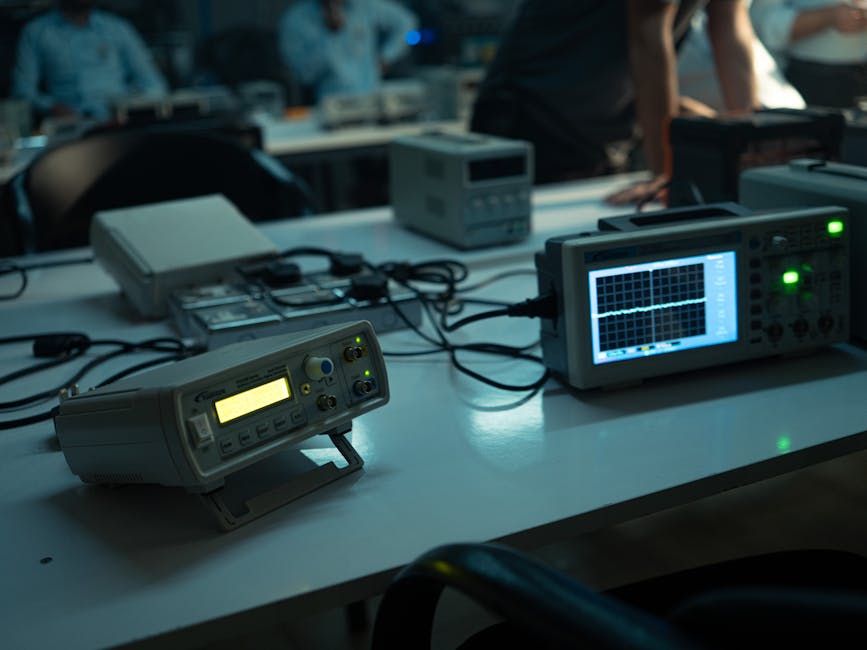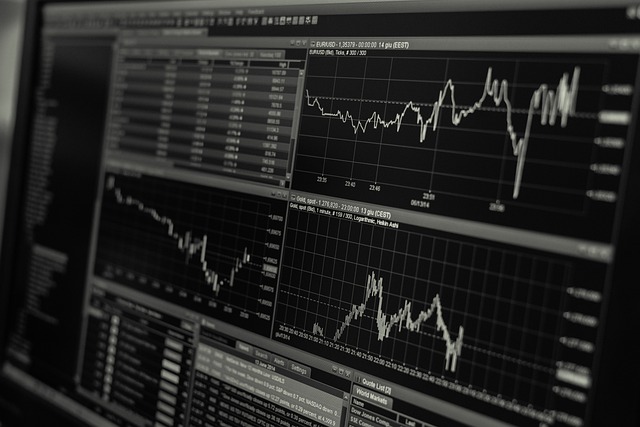Introduction: Making Sense of the Chaos
Crypto markets are not for the faint of heart. Prices swing fast—sometimes within minutes—and unlike traditional markets, there’s no off switch. This volatility comes from a mix of factors: global news cycles, regulatory developments, speculative hype, and low liquidity relative to older asset classes. It’s a perfect storm for both opportunity and chaos.
That’s where technical indicators step in. They’re not crystal balls, but they help cut through the noise. Indicators track things like momentum, trend strength, volatility, and volume—giving traders data to work with instead of gut feelings. In a space driven by emotion and speculation, a solid technical framework helps separate signal from noise.
And let’s be honest—crypto pulls in both savvy traders and pure gamblers. Technical analysis helps tip the scale toward skill. It gives traders structure, repeatability, and a method to evaluate risks. But here’s the catch: tools don’t mean much without discipline. This isn’t a market you can half-watch; it demands focus. Whether you’re swing trading or scalping, the edge comes from knowing what you’re doing, sticking to your plan, and not letting FOMO wreck your play.
Core Concepts Behind Technical Indicators
Everything in technical analysis starts with three things: price, volume, and time. These aren’t just numbers on a chart—they’re the basic ingredients of every indicator you’ll use. Price shows us what’s happening. Volume tells us how seriously the market takes it. And time? Time reveals the story’s pacing.
Most technical indicators are built by slicing and reprocessing these core inputs. Moving averages smooth out price to show trends. OBV crunches volume to expose hidden sentiment. But here’s the catch: indicators don’t explain why something is happening. They’re not crystal balls. They’re just lenses—useful, but limited.
Which brings us to a critical split: leading vs. lagging indicators. Leading indicators try to anticipate price moves—think RSI or Stochastic Oscillators. They’re early signals, but more prone to fake outs. Lagging indicators, like moving averages or MACD, wait for confirmation. Slower, but steadier. One gives you a head start. The other waits to be sure.
Good traders know when to trust which. Use leading indicators to spot setups—use lagging indicators to add confirmation. Don’t rely on any single tool. Use them like you’d use a map and compass: together, not in isolation.
MACD (Moving Average Convergence Divergence)
The MACD is one of those indicators that packs a lot into a compact visual. At its core, it shows the relationship between two moving averages—typically the 12-day and 26-day EMAs. When the MACD line crosses above the signal line, it’s considered bullish. When it crosses below, traders see a possible downtrend starting.
But the real meat is in the histogram. That bar graph shows the distance between the MACD and the signal line, giving you a visual cue for how strong or weak momentum actually is. A widening histogram hints at growing momentum. Shrinking bars? Momentum’s cooling off.
This matters in crypto because markets don’t walk—they sprint and crash. MACD is great at capturing those reversals and trend shifts in all that noise. It’s not always early to the party, but it tends to be reliable when the market’s bouncing between extremes. Just don’t use it in a vacuum. Too many blind spots.
MACD is especially handy on higher timeframes where swing traders live. Use it to confirm direction, not to predict miracles.
Combining Indicators for Smarter Moves
No single indicator tells the whole story. One tool might flash green while another says “not yet.” That’s why smart traders don’t go all-in based on a solo signal. The goal isn’t to overload your screen with ten squiggly lines—it’s to stack confirmation.
One solid combo: RSI for spotting momentum shifts, paired with MACD for confirming trend direction. RSI might tell you a coin looks oversold, but wait—if MACD histogram is still red and the signal line hasn’t crossed? Sit tight. When both say “go,” your odds just improved.
But here’s where things go sideways: too many traders fall into the trap of adding every flashy indicator they find. All that noise? It clutters your view and feeds hesitation. Keep it sharp. Two or three well-understood indicators, backed by clear rules, beat a bloated chart every time.
Use tools like a scalpel, not a sledgehammer. Focus, combine, confirm, and cut the noise.
Pitfalls to Watch Out For
Technical indicators are useful, but don’t overtrust them. Every chart pattern and signal you’re relying on? It’s based on past price action. That means indicators lag. They’re not crystal balls. Just because the MACD flashed bullish last week doesn’t mean the market will keep climbing tomorrow. Crypto moves fast—and often, irrationally.
Markets evolve. What worked during the last bull run might flop now. That’s why testing matters. Backtest your strategy across timeframes, conditions, and assets. Don’t treat any signal as gospel without checking it against data and context.
Emotions are the wild card. A clean RSI breakout can still fail if your fear or FOMO takes over. Indicators don’t replace discipline—they support it. Use them as tools, not as justification to chase impulses. At the end of the day, your mindset is either your best defense or your biggest enemy.
Conclusion: Trading With Tools, Not Crutches
Technical indicators help frame the chaos, but they’re only as useful as the trader using them. They don’t predict the future, and they won’t do the work for you. What they offer is structure—something concrete to lean on when prices swing and emotions run hot.
The traders who last in this space? They’re not chasing flashy signals or secret formulas. They show up, review their data, refine their setups, and stay honest about what’s working. Over time, they build instinct—not in spite of the tools, but because they use them with intent.
If you’re serious about levelling up your trading approach, take the time to learn how these indicators work together. Keep your charts clean, your strategies tested, and your head clear.
For a deeper dive into crypto trading tools, check out: Essential Tools for Successful Crypto Trading

 Head of Research & Blockchain Insights
Head of Research & Blockchain Insights
